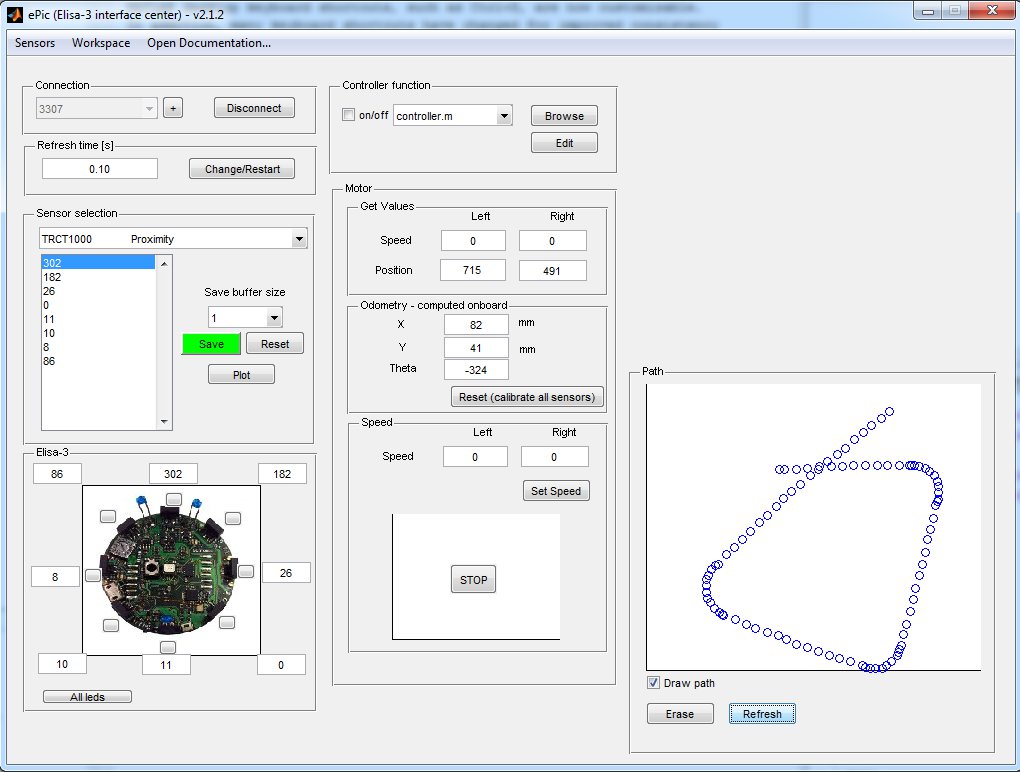Serial Number Matlab R2010b System

Rate at which bits are transmitted, specified as the comma-separated pair consisting of 'BaudRate' and a double. You configure baud rate as bits per second. The transferred bits include the start bit, the data bits, the parity bit (if used), and the stop bits. However, only the data bits are stored.
Easy to use email support system. A serial number can also be referred to as an Activation Code or CD Key. When you search for Matlab R2010b Serial, you may. Where are the license files for MATLAB located? Learn more about MATLAB. Depends on your license type and operating system. Replace 'R20XXx' with release.
The baud rate is the rate at which information is transferred in a communication channel. In the serial port context, 9600 baud means that the serial port is capable of transferring a maximum of 9600 bits per second. If the information unit is one baud (one bit), the bit rate and the baud rate are identical. If one baud is given as 10 bits, (for example, eight data bits plus two framing bits), the bit rate is still 9600 but the baud rate is 9600/10, or 960. You always configure BaudRate as bits per second. Byte order of the device, specified as the comma-separated pair consisting of 'ByteOrder' and littleEndian or bigEndian. If ByteOrder is littleEndian, the device stores the first byte in the first memory address.
If ByteOrder is bigEndian, the device stores the last byte in the first memory address. For example, suppose the hexadecimal value 4F52 is to be stored in device memory.
Because this value consists of two bytes, 4F and 52, two memory locations are used. Using big-endian format, 4F is stored first in the lower storage address. Using little-endian format, 52 is stored first in the lower storage address. The byte order of littleEndian is the default and is used in read and write operations if you do not specify the property. You need to specify the property only to change the byte order to bigEndian. You can also set the ByteOrder property after creating the serial object using this syntax.
Terminator character, specified as the comma-separated pair consisting of 'Terminator' and a string. You can configure Terminator to an integer value ranging from 0 to 127, which represents the ASCII code for the character, or you can configure Terminator to the ASCII character. For example, to configure Terminator to a carriage return, specify the value to be CR or 13. To configure Terminator to a linefeed, specify the value to be LF or 10. You can also set Terminator to CR/LF or LF/CR. If Terminator is CR/LF, the terminator is a carriage return followed by a line feed. If Terminator is LF/CR, the terminator is a linefeed followed by a carriage return.
Note that there are no integer equivalents for these two values. Additionally, you can set Terminator to a 1-by-2 cell array. The first element of the cell is the read terminator and the second element of the cell array is the write terminator. When performing a write operation using the fprintf function, all occurrences of n are replaced with the Terminator property value. Note that%s n is the default format for fprintf. A read operation with fgetl, fgets, or fscanf completes when the Terminator value is read. The terminator is ignored for binary operations.
You can also use the terminator to generate a bytes-available event when the BytesAvailableFcnMode is set to terminator. You can also set the Terminator property after creating the serial object, using this syntax.
Inverter motor control. In Intersil's web page it recommends using bootstrap diodes which have a rating of trr. Can the bootstrap diodes lead to a problem like this?